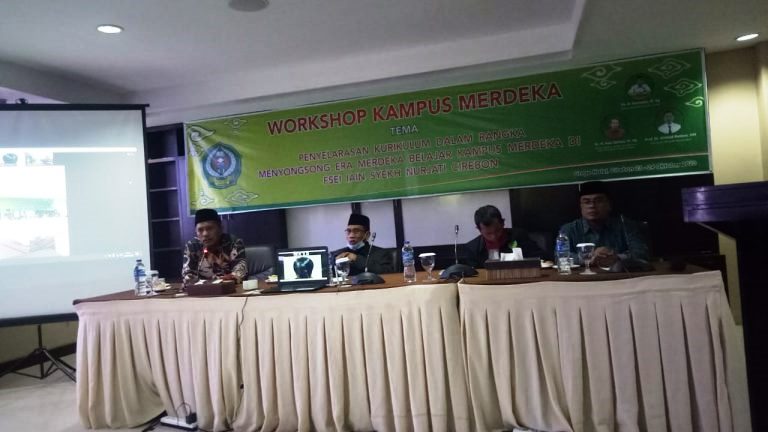Researcher Profiles: Home
Comparison of researcher profile sites with instructions on basic account setup
Overview
Many sites now offer the option to establish a scholarly profile of your publications and other grant activities. See what is available and set up your own profile. How can you use this guide?
- Create an ORCID account
- Set Up your ResearcherID
- Activate Google Scholar Citations
- Check your Scopus Author ID
- Create a ResearchGate account
- Create an Academia.edu account
Why Create a Profile?
- To make your research and teaching activities known
- To increase the chance of publications getting cited
- To correct attribution, names, and affiliations
- To increase the chance of new contacts for research cooperation
- To increase your scholarly visibility
ORCID
ORCID is an effort to connect all these researcher ID-systems together. TheOpen Researcher and Contributor ID is still in development, but you can create a profile, link it to your Scopus ID, ResearchID, and other systems.
- Go to ORCID, register for an ORCID ID (under "for researchers") and complete your profile
- Click "import research activities" and follow instructions to import
- Click "view public ORCID record" to see what others would see
ResearcherID
ResearcherID is from the same company and connected to Web of Science, EndNote, and Journal Citation Reports. Researcher ID offers a public profile. You can choose what to show publicly. Researcher ID is also important as a basis to provide feedback to Web of Science for grouping author name variants or corrections to affiliations.
- Go to ResearcherID, sign up, and complete your profile.
- Add publications from Web of Scienceor EndNote and preview the public version of your profile.
- If you already have made an ORCID ID you can link ResearcherID to that.
You can use the same log in for ResearcherID, Web of Science, and EndNote online.
Google Scholar Citations
Since some Google Scholar citations are incomplete and inaccurate, you can improve access to yoru publications by creating an account and identifying which publications in their database are yours. After taking these steps searches on your name will show your profile on top of the results. The profile itself shows your list of publications in Google Scholar with basic metrics.
- If you do not yet have a Google account, go to Google and create it.
- Go to Google Scholar, make sure you are logged in and click "My Citations"
- Follow instructions to create your profile and add or remove publications that are yours or not yours
Other Google Scholar information:
- You can see who else at MSU has a Google Scholar profile
- Once you have activated your profile, Google Scholar gives you automatically reading suggestions based on your citations (look on the homepage and see a full list by clicking "my updates")
- You can track new papers and citations (of yourself and/or others) by creating alerts
- More about Google Scholar Citations
Scopus Author ID
The Scopus Author ID helps author recognition and disambiguation when searching publications. Many researchers already have a Scopus ID without realizing it. Even though MSU does not have a Scopus subscription, you can still claim and control your Scopus Author ID.
- Go to Scopus free author lookup and use the author search tab to search for your own name
- If there are ungrouped name variants with your publications send Scopus feedback by checking name variants and clicking "request to merge authors" on top of the results list.
See also more about the Scopus Author ID

ResearchGate
ResearchGate is a large (originally German) social network linking researchers by topics. It can be used to ask collegues questions. You can choose which topics or researchers to follow. You can automatically populate your publications list or add items from reference management tools or add manually. You can even upload and share full text publications (e.g. last author versions that many publishers allow you to share).
- Go to ResearchGate, sign up and complete your profile with whatever you think relevant.
- Add your publications by clicking add publications
- Select one or two topics to follow if you want
See also:
- ResearchGate also has a public list of researchers that have joined researchgate
- Full text publications uploaded to Researchgate profiles are indexed by Google Scholar
- More about ResearchGate
Academia.edu
Academia.edu is a large researcher social network and connects scholars to each other. You can add papers through a built in search using Microsoft Academic, PubMed, and ArXiv. You can also add ful text. Academia.edu can email you analytics about searchers finding your profile and publications.
- Go to Academia.edu and sign up.
- Add publications/papers by clicking your name top right, then "add papers"and "import"
- Find a few people in your field to follow
See also
- Full text publications uploaded to Academica profiles are indexed by Google Scholar
- More about Academia.edu and FAQ
See: http://guides.lib.montana.edu/profiles




No comments:
Post a Comment